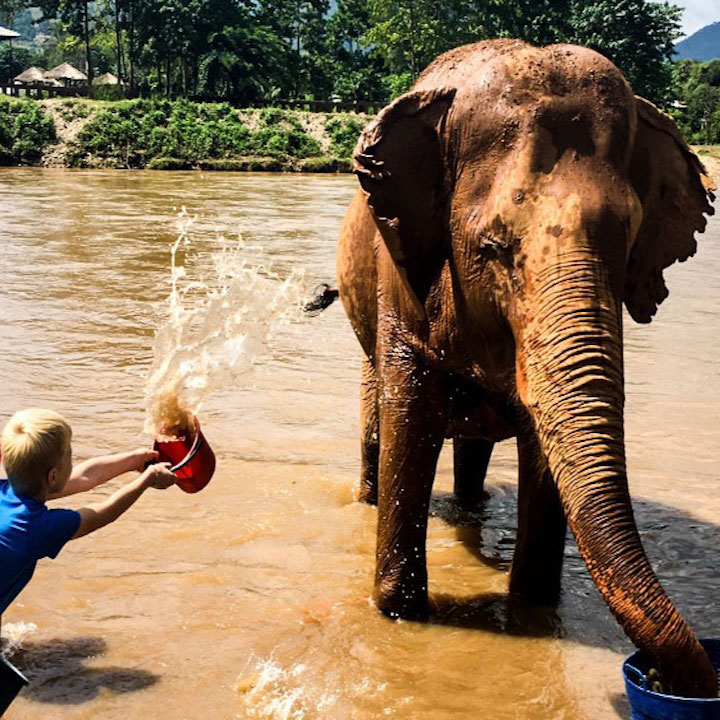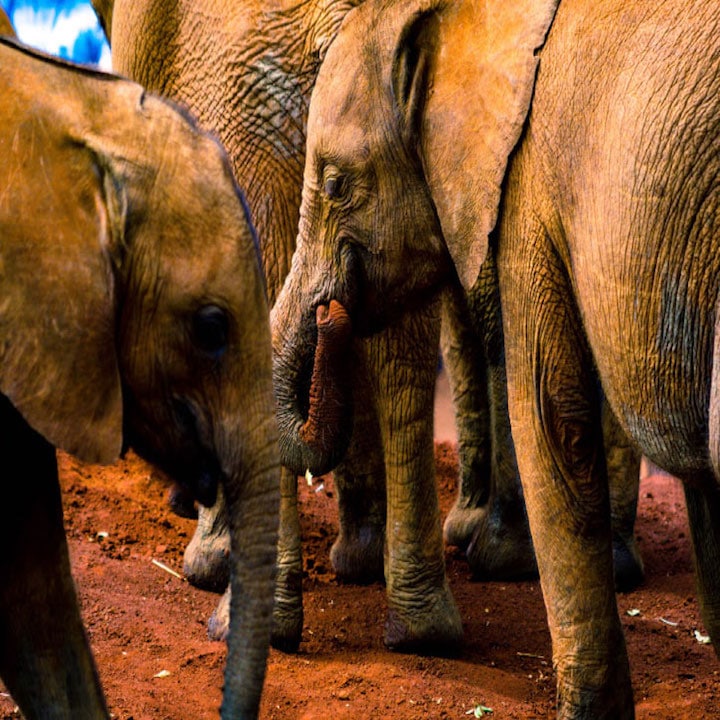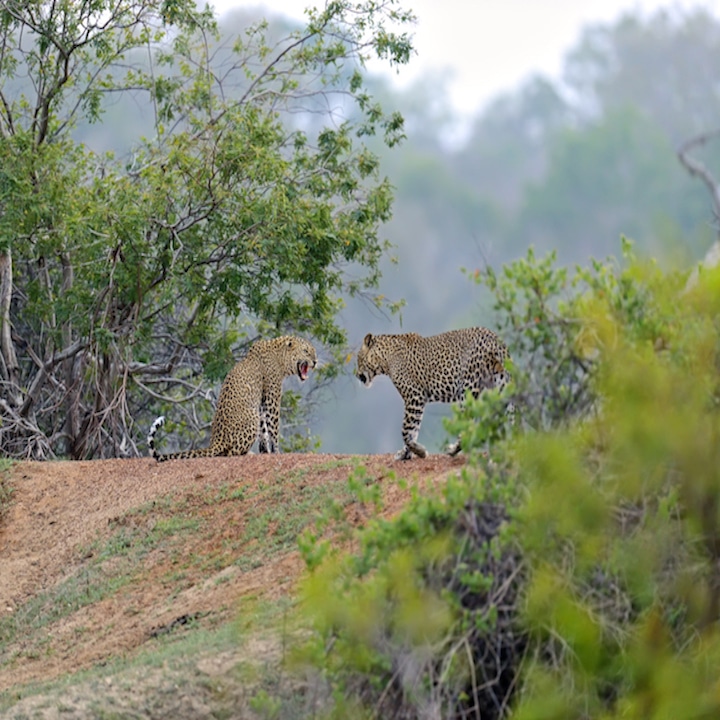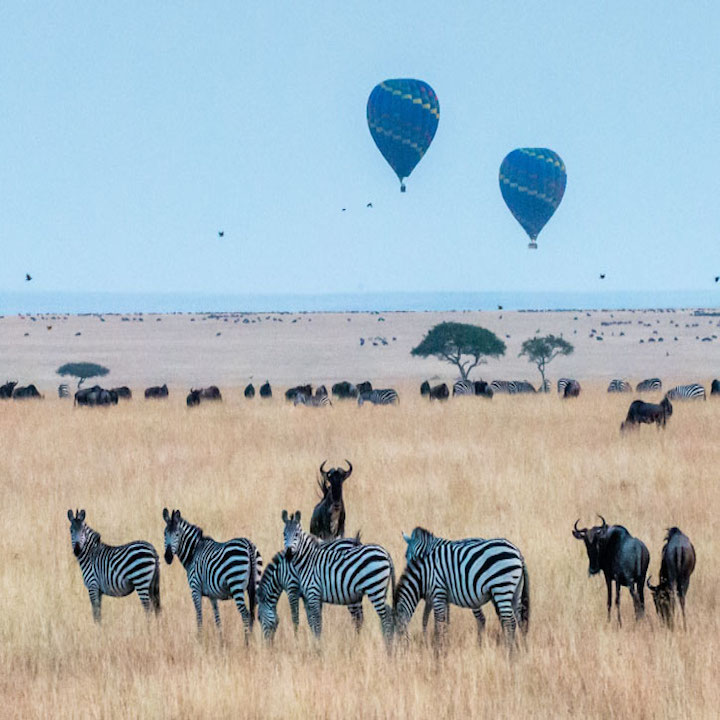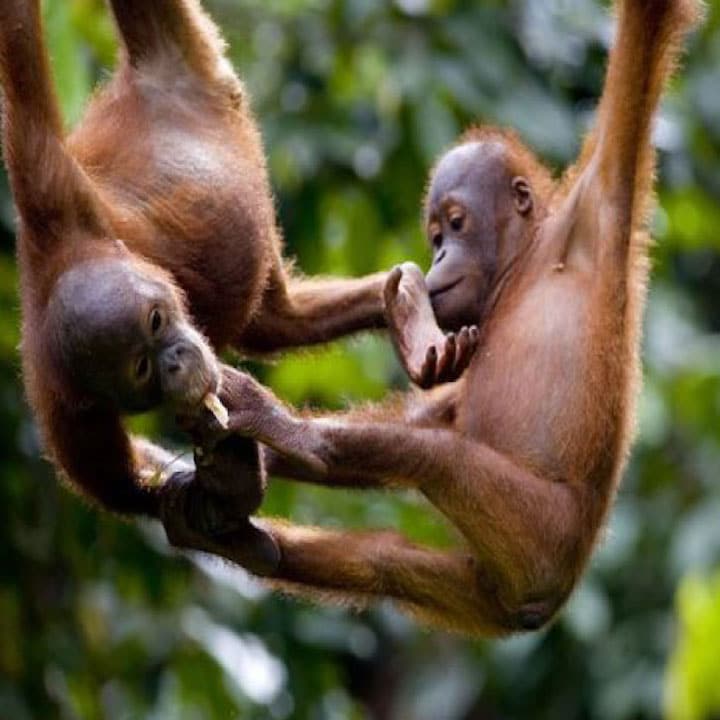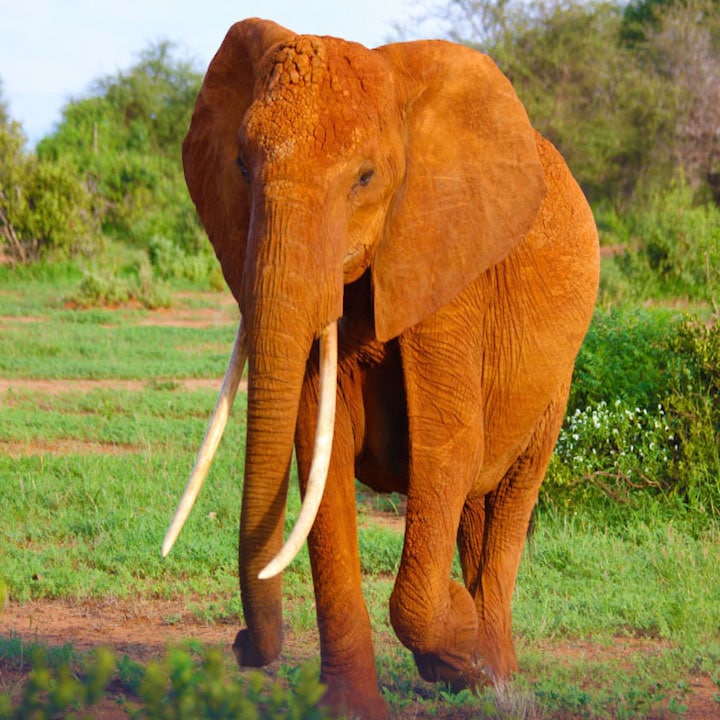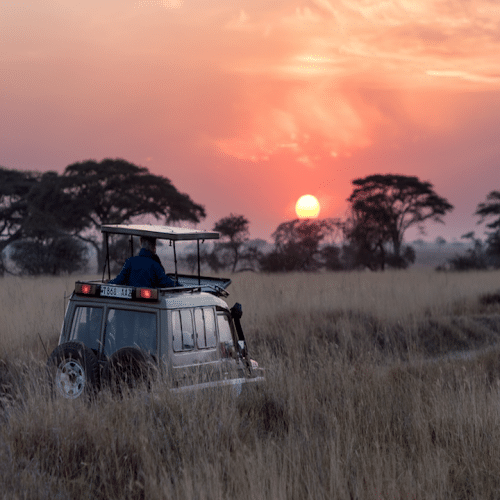Without a doubt, Thailand is one of the best places to learn about, and interact with elephants. By choosing an experience that will aid in the protection of these endangered animals, you will play an integral part in their preservation. Choose a responsible sanctuary or rehabilitation centre to interact with these magnificent animals. Many sanctuaries exist to help elephants that have retired from the tourism industry, rescued from unethical owners, orphaned, affected by habitat loss, illegally traded, or injured.
The most important thing to keep in mind when looking for an elephant experience is to choose organisations that do not chain the elephants, do not offer rides or performances, and do not allow unethical interaction with the animals. Here are our recommended elephant experiences in Thailand:
Elephant Nature Park, Chiang Mai
Elephant Nature Park is an elephant rescue and rehabilitation centre where you can volunteer. This park is a home for rescued elephants and does not promote riding or performances from their inhabitants. Elephant Nature Park is a pioneer in the treatment of captive elephants and it also provides a natural environment for other animals such as dogs, cats, and buffaloes, to name just a few.
The best part about this park is that you can volunteer and contribute to the elephant’s healing by feeding and bathing them; this experience will allow you the chance to hear the stories behind each animal. You can even meet the herd online, before you go, here. For more information on how to become further involved and donate, go to the Save Elephant Foundation or sponsor an animal.
Mahouts Elephant Foundation, Chiang Mai
Mahouts is an amazing foundation which not only rescues captive working elephants but works towards returning them back to their natural, protected forest habitats. To support this initiative join its “Walking With Elephants” programme located in Chiang Mai.
Elephant Hills, Khao Sok
Elephant Hills has been operating for over 10 years now and does not offer any rides or performances. It is one of the few completely chain-free parks in Asia. Here, you’ll enjoy quality time with the herd as you get the opportunity to feed, wash, and interact with the elephants. For an extended stay, check out its luxurious tented accommodation and enjoy its curated adventure tours!
Khao Yai National Park, Khao Yai
If you’re looking to spot a wide variety of interesting animals, check out Khao Yai National Park, located about 2.5 hours from Bangkok. It is the third largest national park in Thailand and was the first ever to be created in the country. To see an extensive list of the many different species in the park, visit its wildlife at Khao Yai page. Take a guided tour of the park to discover a great number of animals in their natural surroundings.
Other organisations to look into include: WFFT Thai Elephant Refuge, Tha Mai Ruak, Boon Lott’s Elephant Sanctuary (BLES), Sukhothai, Elephant Valley, Chang Rai
The wonderful country of India is a magnificent wildlife habitat but, unfortunately, it has fallen victim to hunting and poaching practices over the years. Animals such as elephants, tigers, the sloth bear and pangolins have become threatened and are increasingly at risk. We recommend paying a visit to Wildlife SOS’s organisations as they are making significant efforts to protect these species, their environments and our planet. A visit to its centres will help aid in the protection of these endangered animals.
Elephant Conservation and Care Center, Mathura
The Elephant Conservation and Care Center is a project of Wildlife SOS and was created to rehabilitate severely abused captive elephants. It currently houses 20 elephants and is dedicated to replicating their natural habitats; the elephants are free to roam the open fields and play in the water pools at their leisure. When you visit, you will have the chance to join a guided tour, feed and walk with the elephants, and learn the stories of how they came to the centre.
When visiting Sri Lanka, specifically for a wildlife adventure, be sure to keep the monsoon season in mind. In the southwest, monsoon season starts in late May through to July and the northeast has its wet season from October to January. Here are a couple of our recommendations for where to spot leopards, elephants, and other incredible creatures in Sri Lanka:
Yala National Park, Hambantota
If you are looking to experience a wildlife safari ride of a lifetime, a great place to check out is Yala National Park. Here, you are most likely to see leopards and other wildlife from March to October. Yala National Park’s safari rides are authentic and require patience for animal spotting, but promise to provide an adventure of a lifetime. Spend a night in the wild, enjoy its camping grounds, or partake in a relaxing beach walk. Be sure to visit the most popular sites in the park – the ancient ruins of Sithulpawwa and Magul Maha Viharaya.
Elephant Freedom Project, Kegalle
Elephant Freedom Project is a sanctuary that shelters just a handful of elephants and is strictly limited to visitors, which is great for the animal’s wellbeing. At Elephant Freedom Project, you can walk with the elephants and help bathe them for much longer than at other sanctuaries.
Also, check out Elephant Transit Home, Udawalawe where you can view the elephants during feeding times but there is no direct interaction with them.
Kenya is known as the home of safari due to its spectacular diversity. The country is host to some of the wildest game parks, reserves, and other wildlife protection areas. Aside from this, Kenya boasts incredibly unique landscapes, beautiful geographical features, and is home to the Maasai Mara Migration, featuring wildebeests, zebras, gazelles, topi and elands. The best time to visit Kenya is from July to late October. We recommend visiting a couple of the wildlife reserves and national parks of Kenya to experience as much as possible.
Wildlife Reserves and National Parks of Kenya
You’ll find a wide range of Africa’s greatest wildlife reserves at Maasai Mara Animal Reserve. Here you can see the “Big Five” game animals (lion, leopard, rhinoceros, elephant, and Cape buffalo) and their migration. You can choose to spectate by hot air balloon, helicopter, walking, or via customised safari vehicles.
Another park to look into is the Kenya Wildlife Service, its mission is “to sustainably conserve, manage, and enhance Kenya’s wildlife, its habitats, and provide a wide range of public uses in collaboration with stakeholders for posterity.”
Amboseli National Park, home to Mount Kilimanjaro, the highest free-standing mountain in the world, is the best park to get up close to free-roaming elephants and other spectacular wildlife.
David Sheldrick Elephant Orphanage
The David Sheldrick Elephant Orphanage is located near Nairobi National Park and is home to elephant calves and rhinos from all over Kenya. The orphanage was founded by renowned conservationist, Dame Daphne Sheldrick. The centre is open to the public each morning where visitors are invited to catch a glimpse of the calves being exercised and bathed. This is an excellent centre for general information on elephants and their conservation.
Tanzania forms Africa’s most diverse and spectacular eco-systems and is home to the great wildebeest migration. Like Kenya, there is an abundance of national parks and reserves to visit, but here are our top picks for Tanzania:
Wildlife Reserves and National Parks of Tanzania
The Serengeti National Park has the highest concentration of large mammals including many magnificent lions. The best time to visit is from December to July or from June to October to see apex predators. Consider visiting the Ngorongoro Conservation Area where you can enjoy walking safaris and visit the famous Ngorongoro crater, bird watch, get a glimpse of the famous flamingos, and much, much, more. Tarangire Tanzania is home to stunning wildlife such as zebras, elephants, wildebeest, buffalo, impala, rhino, giraffes, and a wide range of bird species. Be sure to try to spot impressive predators such as lions and leopards as well. On top of the stunning scenery, Tarangire Tanzania also offers a fascinating insight into the Maasai culture and tribe.
The best way to see orangutans is by visiting reputable rehabilitation centres and sanctuaries, as tracking orangutans in the wild is a very different (and sometimes difficult) experience, and it may take days before you spot one. It’s important to note that you may see some animals individually caged at these centres, but most are likely needing extra care or awaiting transfer to a permanent home, so don’t be alarmed. Most often, you’ll likely be able to spot the orangutans during feeding time which happens twice a day, however, human interaction is prohibited. Here are some of our favourites in Borneo:
Wildlife Rehabilitation Centres
The Semenggoh Wildlife Rehabilitation Centre was established as a sanctuary for orangutans that have been injured, orphaned or kept captive as illegal pets. The centre serves as a habitat for the orangutans and also as a place for visitors to learn about the endangered rare species. The primary mission of Semenggoh is to reintroduce orangutans back into the wild.
Sarawak Forestry offers visitors a “heart2heart” interaction with orangutans through a one-day programme which allows participants to be actively involved in the orangutans’ rehabilitation at the Semenggoh and Matang Centres. All funds received by the project are donated to conservation, educational and awareness projects. Find more information on its visitor packages, here.
Sepilok Orangutan Rehabilitation Centre cares for young orangutans orphaned as a result of deforestation and illegal captivity. The primary goal of this centre is to rehabilitate the primates in order to send them back into their natural wild habitat. The centre also cares for injured and displaced wild orangutans, as well as other wildlife. As with most animal shelters and sanctuaries, interaction and sightings are not guaranteed, the centre states; “Although sightings at the feeding platform are not guaranteed, visitors also have the opportunity to observe some of the adolescent orangutans currently in their final stage of rehabilitation.”
Cambodia is just a hop, skip and a jump away from Hong Kong (a one-stop flight from HK to Phnom Penh is around 2 hours 45 minutes) and an excellent destination to soak up some eco-tourism.
Phnom Tamao Wildlife Rescue Centre, Phnom Penh
Phnom Tamao Wildlife Rescue Centre is dedicated to the preservation of the remaining rainforests of Southeast Asia. This rescue centre is home to over 1,200 animals and we’re happy to report that no animal in need, is ever turned away. Book a tour and have the opportunity to feed the elephants, get close to leopards and other endangered animals, visit the nursery and rehabilitation areas, and get the chance to interact and feed the rescued baby macaque monkeys! Phnom Tamao protects and patrols the rainforest landscape, ensuring its preservation and is dedicated to arresting and prohibiting traffickers, seizing live animals and bushmeat in its conservation efforts.
Elephant Valley Project, Mondulkiri
The Elephant Valley Project promises an experience like nothing else. This project allows you to trek into the elephant’s jungle habitat and observe these amazing creatures in their natural habitat. There’s no riding, no tricks, and no-shows and you’ll follow these gentle giants at their own pace. In the project’s own words, “If you love elephants and truly care about their welfare and future, this is the place for you.”



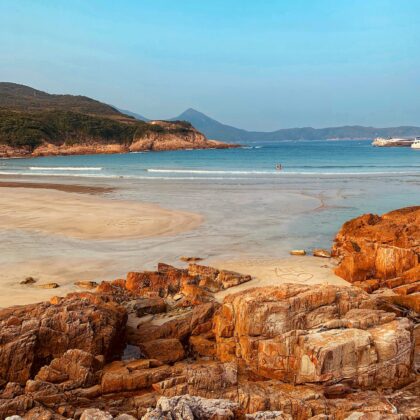
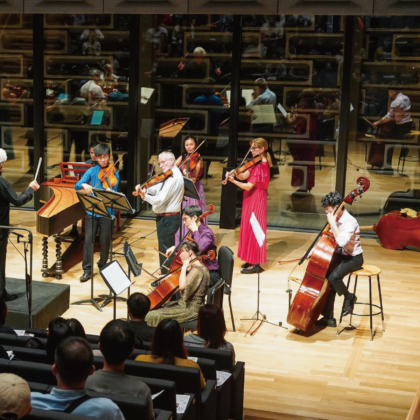
 Eat & Drink
Eat & Drink


 Travel
Travel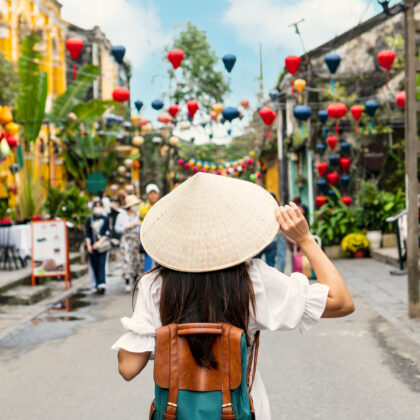
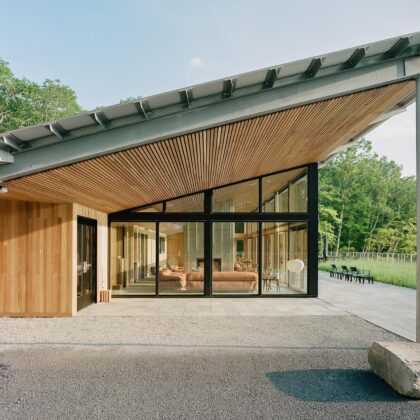
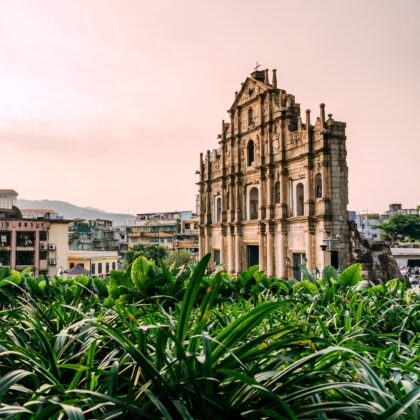
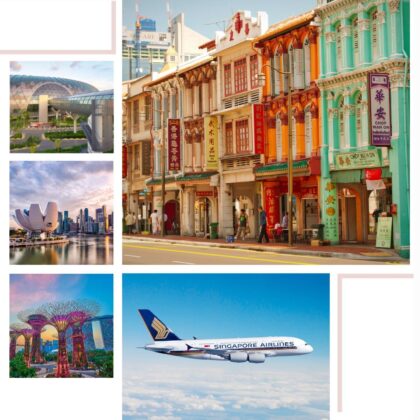
 Style
Style



 Beauty
Beauty



 Health & Wellness
Health & Wellness

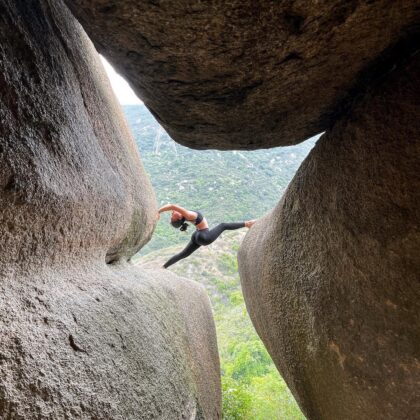

 Home & Decor
Home & Decor



 Lifestyle
Lifestyle
 Weddings
Weddings



